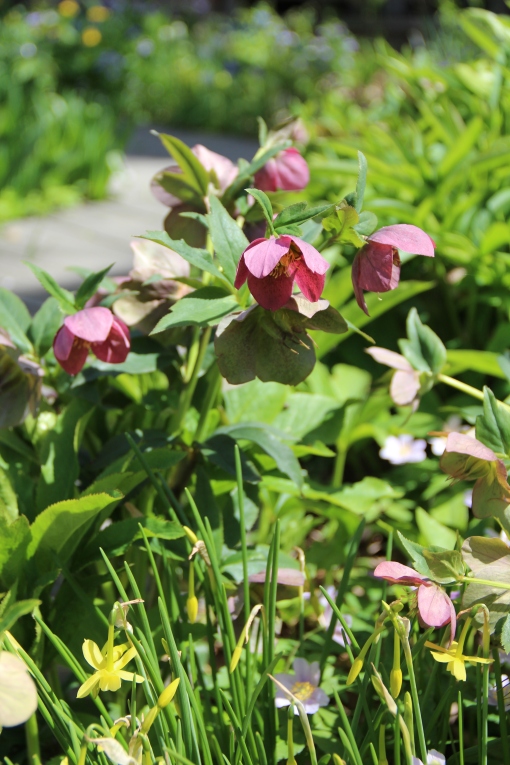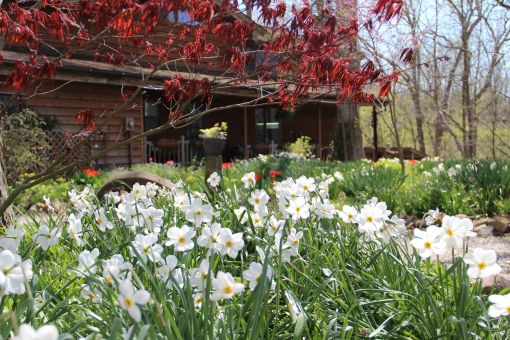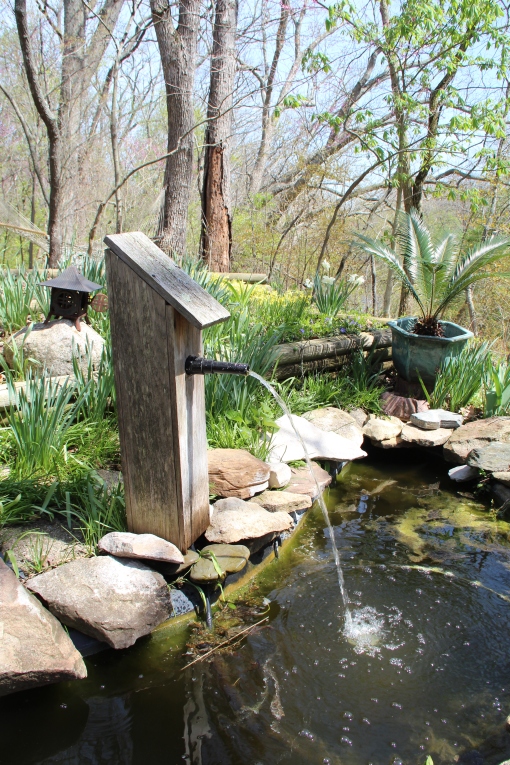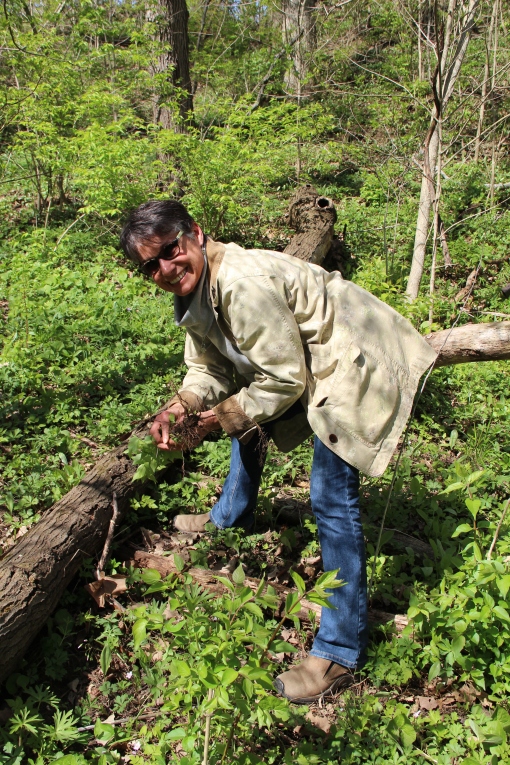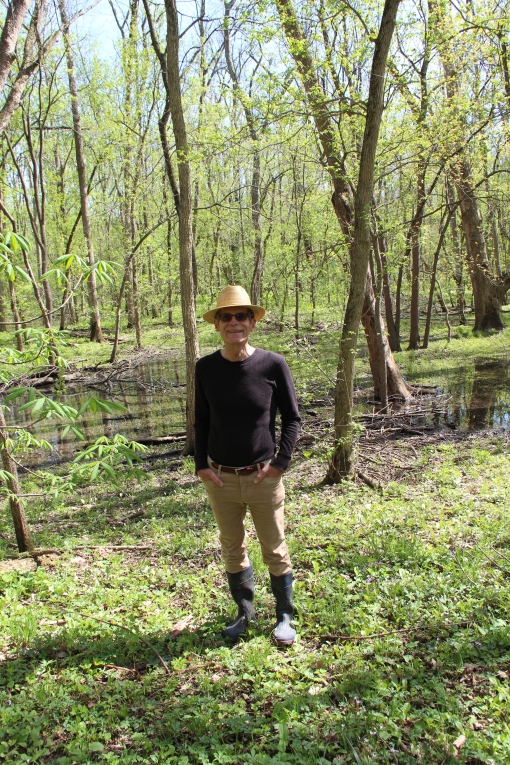By Debra Knapke
Most discussions about native plants start with a definition, but not this one. Instead here are my thoughts of where native plants belong in our gardens.
First and foremost, native plants are organisms that have developed affinities for the soil, climate, moisture, and light quality of their homeplace. Plants have co-evolved with animals, fungi, and bacteria in places we call habitats. This is the basis of the oft recommended meme: right plant, right place.
If you know where a plant originates, you know what it needs. Some plants must have the conditions of their homeplace, while others can adapt to a wider range of environments. Consider the Lakeside daisy (Tetraneuris herbacea).

Its homeplace is only one location in the world: growing in full sun in the cracks of exposed limestone bedrock on the Marblehead peninsula in northwest Ohio and on Kelley’s Island in Lake Erie. The only way that it can be grown at the Heritage Garden at the Ohio Governor’s Residence is in the crevices of a transplanted limestone slab and in limestone gravel. If you think you will be able to grow a Lakeside daisy in your clay soil, you will be deeply disappointed.
Contrast the narrow tolerance of Lakeside daisy with the exuberant dance of the celandine or wood poppy (Stylophorum diphyllum). I have not attempted to count the number of seeds that one plant can disperse, but my original plant has multiplied into hundreds. While celandine poppy prefers shady conditions and moist, humus-enriched soil, it has seeded into sunny, drier locations in my garden. The trade-off is that the plants in dry, sunnier areas are smaller and seem to make less seed.

So… if you have a newly built home, which of the two above plants has a better chance at success?
But even the celandine poppy will have issues with the typical soil that is left when a home is built. Be prepared to spend some time healing damaged soil with compost and recreating the habitat that was.
All plants have developed amazing mechanisms for being pollinated and then getting their seed dispersed.
Our native toadshade or sessile trillium (Trillium sessile) beckons to native beetles and flies who are attracted to what we would consider an off, rotten smell. The reward for the beetles and flies is pollen. The reward for the trillium is pollination.


The seed dispersal mechanism – for all trillium – also involves a food enticement. Each seed has a fleshy appendage – an elaisome – that is prime food for ants. The seeds are carried to the community, the elaisome is removed and stored, and the seed is discarded outside the anthill. This is important for two reasons: removing the elaisome also removes a dormancy requirement, and the discarded seed is in new territory, which will have less root competition from the mother plant and may contain more nutrients.
Many of our native plants have cousins who live in similar habitats but in different parts of the world. We may struggle with the idea of whether or not we should plant the native or the possibly more spectacular non-native plant.
Our diminutive Dutchman’s breeches (Dicentra cucullaria) may seem to pale in contrast with the showy Japanese native bleeding heart (Lamprocampnos spectabilis), but each has its own charm and have more similarities than differences in their life stories. Both are spring ephemerals and disappear when dry, hot summer approaches. Both are pollinated by long-tongued bees and both offer ants tasty elaisomes in exchange for moving the seeds around.
But there is the question: does a native plant offer better food to native bees and other native pollinators? Research is being conducted to answer this question at Mt. Cuba, Cornell University, and other botanical gardens and universities. Can’t wait for the answers . . .


As we end Native Plant month, we all know that a commitment to the environment and nature is a year-round effort, but it has been a good exercise to focus on these wonderful plants for this time.
I leave you with the beautiful native blue-eyed Mary (Collinsia verna), a plant that I want in my garden, but she is picky about her homeplace. After years of developing an area for shyer native plants, I just might be close.

‘Wishing you good health and love!



